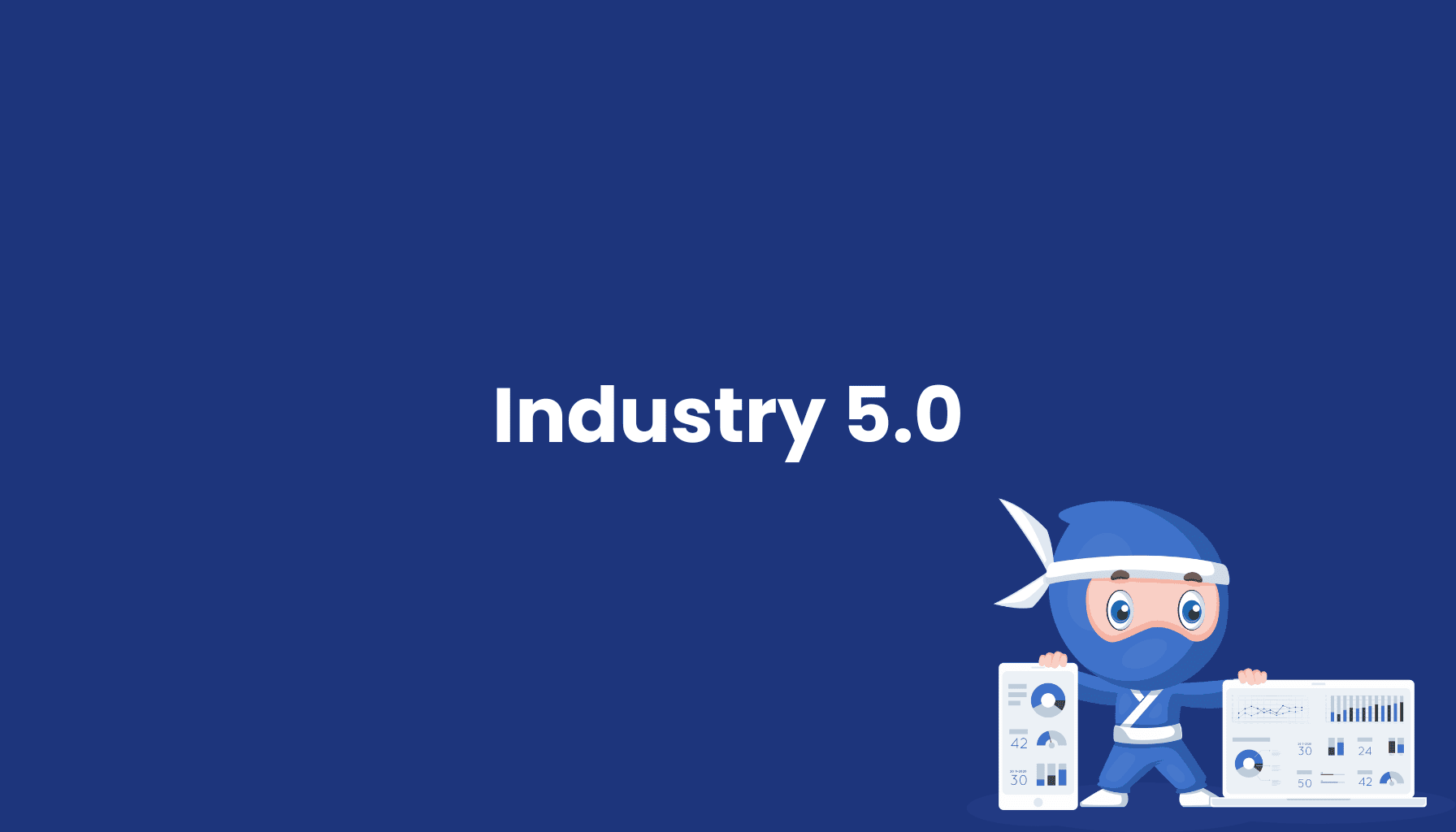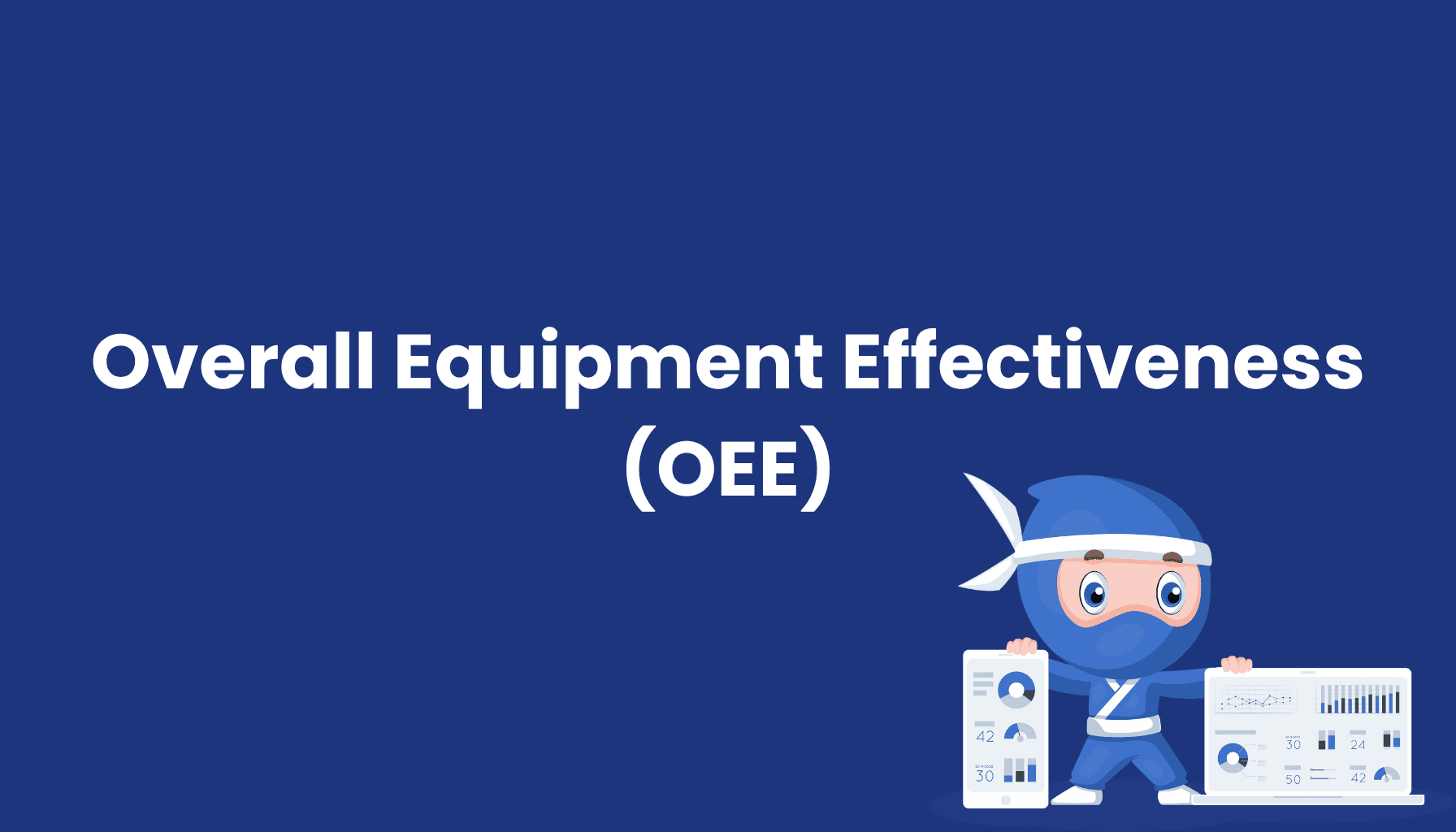Industry 5.0

What is Industry 5.0?
Industry 5.0 builds on the achievements of Industry 4.0 by adding a human dimension to technology-centric processes. While Industry 4.0 focuses on the digitization and automation of production to increase efficiency, Industry 5.0 emphasizes the collaboration between humans and machines.
Benefits of Industry 5.0
Human-Machine Collaboration: By integrating human skills and creativity into the production process, personalized and innovative solutions can be created, leading to higher flexibility and adaptability in production.
Sustainability: Industry 5.0 aims not only to increase productivity but also to promote sustainable production methods. The use of advanced technologies and resource-efficient processes contributes to environmental protection.
Improved Work Quality: Collaboration between humans and machines allows for the automation of repetitive and dangerous tasks, improving working conditions and employee satisfaction.
Technological Foundations
Industry 5.0 is based on several advanced technologies that enable close cooperation between humans and machines:
Artificial Intelligence (AI): AI systems analyze data and assist in decision-making, optimizing production processes.
Robotics: Robots take over repetitive tasks and work seamlessly with human colleagues to achieve more efficient and precise results.
Internet of Things (IoT): IoT devices connect machines and systems to collect real-time data, continuously monitoring and improving production processes.
Virtual and Augmented Reality (VR/AR): VR and AR provide immersive training environments and enable employees to perform complex tasks more efficiently with visual support.
Applications of Industry 5.0
Industry 5.0 finds applications in various fields, including:
Manufacturing: Personalized production and customized products through close human-machine collaboration.
Healthcare: Use of robots and AI to support medical staff and improve patient care.
Logistics: Optimization of supply chains through real-time monitoring and control of processes.
Challenges and Solutions
Despite the numerous advantages, Industry 5.0 also presents challenges:
Integration: Seamless integration of human-machine systems requires extensive adjustments to existing infrastructures and processes.
Security Concerns: Protecting sensitive data and ensuring cybersecurity are crucial to maintaining system integrity.
Cost: Implementing advanced technologies can be expensive but leads to long-term cost savings through optimized processes and higher efficiency.
Conclusion
Industry 5.0 combines the strengths of humans and machines to create personalized and sustainable production solutions. Through the use of AI, robotics, IoT, and VR/AR, not only is productivity and efficiency increased, but also work quality improved and a contribution to environmental protection made. However, successful implementation of Industry 5.0 requires addressing challenges such as integrating new technologies and ensuring security.




